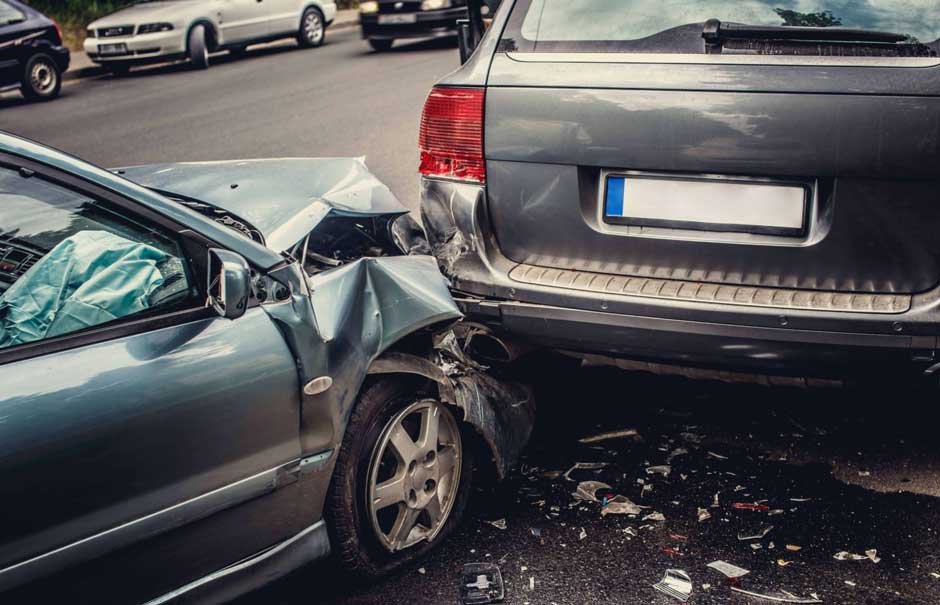Key Takeaways
- One of the leading causes of traffic accidents is distracted driving, which can be prevented by maintaining focus.
- Speeding breaks traffic laws and dramatically increases the risk of collisions.
- Inclement weather necessitates increased vigilance and modified driving strategies.
- Drug and alcohol use while driving decreases judgment and reaction times.
- It is essential to get enough sleep because fatigue can be just as harmful as driving while intoxicated.
- New drivers need structured learning and experience to navigate roads confidently.
Introduction
Driving is a daily necessity for many, offering incredible freedom and presenting significant risks. Unfortunately, collisions remain a common occurrence on roads worldwide, often leading to injuries, fatalities, and financial losses. Understanding why these collisions happen empowers drivers to take preventive measures contributing to safer roads and more secure travel experiences.
Distracted Driving: The Invisible Hazard
One of the most insidious causes of traffic collisions today is distracted driving. Distractions can take many forms, including using smartphones, eating, conversing with passengers, or adjusting in-car entertainment systems. Any activity that diverts attention from the road significantly increases the chance of an accident. Indeed, the prevalence of technology has amplified these risks. According to studies, the most common cause of a collision is often linked to drivers not giving their full attention to the road. Combatting this involves cultivating habits of focused driving, which can dramatically enhance safety.
Speeding: A Risk Not Worth Taking
Speeding continues to be a critical factor in road collisions. In addition to breaking traffic regulations, exceeding speed limits significantly impairs a driver’s reaction time to barriers or abrupt changes. Drivers must obey stated speed limits and modify their speeds by traffic density and road conditions because the physics of speed increases the severity of possible collisions. Slowing down can be the difference between a close call and a collision.
Weather Conditions: Navigating Nature’s Challenge
Mother Nature significantly impacts driving conditions. Rain, snow, fog, and ice require drivers to adapt their behavior to maintain safety. Wet roads reduce traction, fog obscures vision, and ice can cause skidding, each demanding slower speeds and heightened alertness. Preparing for adverse weather conditions with well-maintained vehicles and a readiness to adjust driving habits can prevent accidents.
Driving Under the Influence: An Avoidable Danger
Driving under the influence of alcohol or drugs remains a highly avoidable cause of accidents, yet it continues to be a significant issue. Intoxicants impair a driver’s judgment, reduce coordination, and slow reaction times, creating a hazardous environment for the driver and other road users. Efforts to reduce these incidents include strict law enforcement and public awareness campaigns highlighting the risks and consequences of impaired driving.
Fatigue: The Silent Saboteur
Fatigue is an often-overlooked factor that can impair driving ability similarly to alcohol. Drowsy drivers have compromised attention spans and delayed reaction times, vastly increasing the risk of collisions. Recognizing the signs of fatigue—such as constant yawning, heavy eyelids, or drifting from one’s lane—and taking preventative measures like regular breaks and adequate sleep are essential for road safety.
Young and Inexperienced Drivers: Learning Safely
With their limited experience, young drivers face unique challenges on the road. Their risk of collision is higher due to inexperience in handling unexpected situations or poor weather conditions. Structured learning experiences, defensive driving courses, and graduated licensing systems can aid young drivers in gaining the confidence and skills necessary to navigate roads safely and responsibly.
Conclusion
The various causes of road collisions are primarily preventable through increased awareness and proactive measures. By understanding and addressing the factors of distracted driving, speeding, adverse weather conditions, impairment, fatigue, and inexperience, drivers can significantly reduce their risk of accidents. The ultimate objective is to foster a culture of safety in which drivers put their obligations first and make wise choices that safeguard other road users and themselves.









